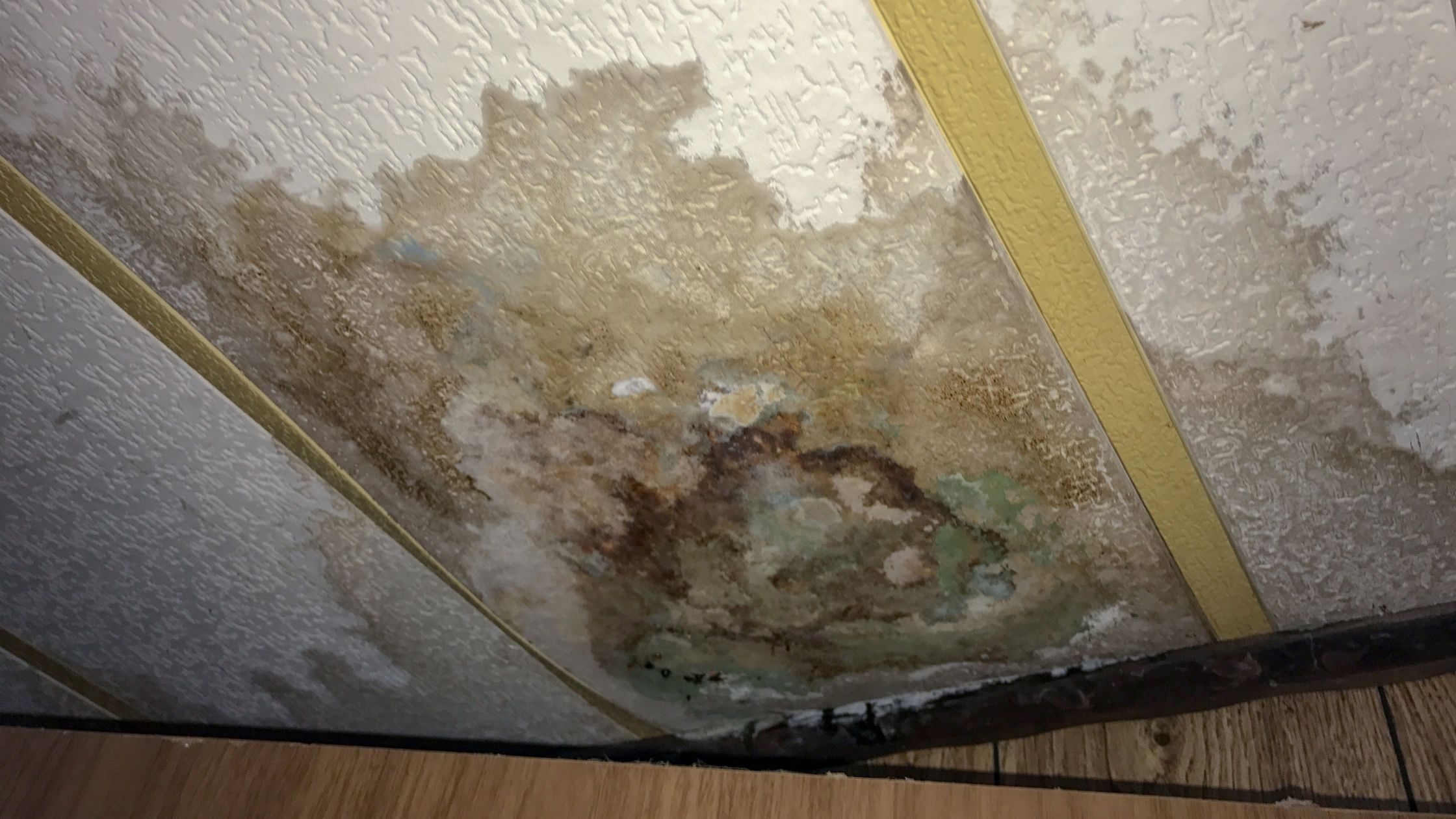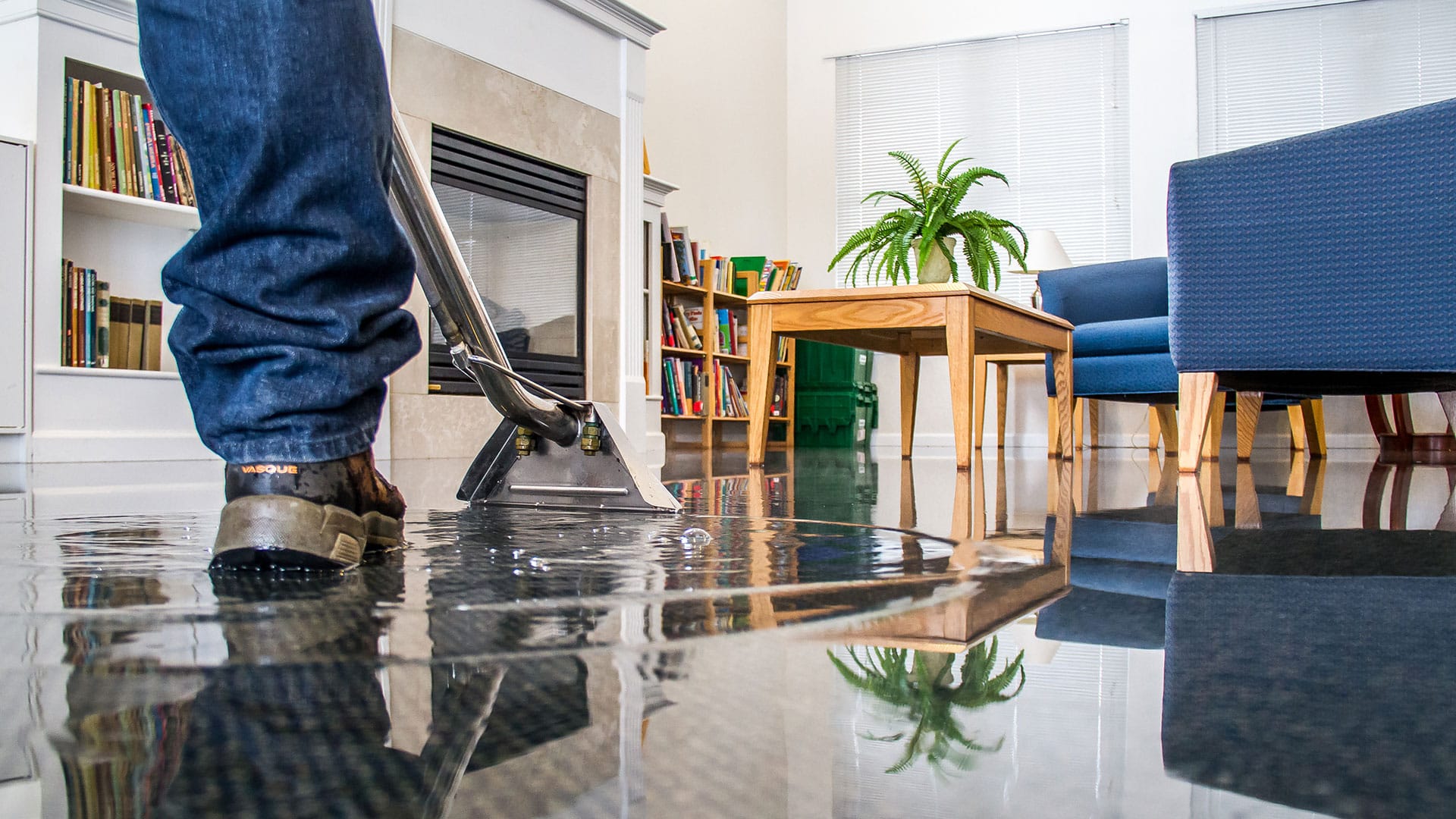Experienced Water Mitigation Company Offering Comprehensive Water Damage Solutions
The Refine of Water Damage Cleanup: Guaranteeing Your Home Is Restored Effectively
Water damage can be a complicated obstacle for house owners, necessitating a structured and meticulous cleanup procedure to recover safety and capability. At first, a comprehensive evaluation is essential to identify the degree of the damages and determine the ideal removal actions. Following this, effective water removal methods play an essential role in minimizing additional damage. The nuances of drying, disinfecting, and ultimate restoration are equally important and commonly ignored. Comprehending these stages can make a significant distinction in the outcome of your home's remediation, triggering a closer consider what each action entails.
Assessing the Damage
Upon finding water damage, the initial action is to completely assess the degree of the effect. This initial examination is crucial, as it aids figure out the required actions for reliable cleaning and restoration. Begin by inspecting the affected locations, consisting of wall surfaces, ceilings, floors, and personal possessions, to recognize the resource of the water breach, whether from flooding, leaks, or condensation.
Recording the damage is essential for both insurance policy cases and planning repair efforts - damage restoration services. Usage photographs and created notes to catch the severity of the damage, keeping in mind any kind of damaged architectural aspects and products. Pay special attention to locations that might not be quickly noticeable, such as behind wall surfaces and under rugs, as hidden moisture can cause more issues, consisting of mold and mildew development
In addition, analyze the timeline of the water exposure. Eventually, an extensive evaluation lays the groundwork for an effective water damage cleanup process, ensuring that all affected areas are dealt with efficiently and completely.
Water Extraction Techniques

Specialists usually employ submersible pumps for larger volumes of water, which can quickly ease flooding in cellars or various other impacted areas. For smaller quantities, wet/dry vacuums are commonly used to extract residual moisture from rugs and tough surface areas. Additionally, utilizing portable extractors enables targeted removal in confined rooms or areas with fragile materials.
In circumstances of polluted water, such as sewer or floodwater, progressed extraction strategies may entail using biohazard equipment to make certain security and conformity with health and wellness regulations. High-powered removal tools are important in reducing water retention in architectural materials, which can bring about mold development and structural deterioration if not addressed without delay.
Eventually, the performance of water extraction methods plays a critical function in the total success of the water damage clean-up procedure, laying the foundation for subsequent reconstruction efforts.
Drying and Dehumidification
When standing water has actually been efficiently removed, the next important stage in the water damage cleanup procedure is drying out and dehumidification. This step is important to avoid more damages and mold growth, which can happen within 24 to 2 days in damp environments.
To accomplish reliable drying out, specific tools such as industrial-grade air movers and dehumidifiers is employed. Air movers circulate air across wet surfaces, improving dissipation prices, while dehumidifiers decrease moisture degrees airborne, advertising a helpful atmosphere for drying out. The mix of these devices ensures that click here for more info moisture is extracted from wall surfaces, home furnishings, and floorings, enabling them to completely dry completely.
It is crucial to check the drying out procedure closely. Professionals typically utilize wetness meters to evaluate the dampness content in numerous materials, ensuring that all affected areas reach acceptable dry skin levels. This precise strategy aids to stop surprise wetness pockets that might lead to architectural damages or undesirable mold development.

Cleansing and Sterilizing
After the drying and dehumidification stage is click now complete, the following essential action in water damage cleaning is cleaning and disinfecting the influenced locations. This process is crucial to avoid the growth of mold and mildew, microorganisms, and various other pathogens that prosper in damp atmospheres.
The cleansing phase normally includes getting rid of any debris, dust, and contaminants from surface areas making use of specialized cleansing representatives. For hard surfaces, a combination of soap and water or business cleaning products is commonly employed. Soft materials, such as upholstery and carpets, might call for more extensive cleaning techniques, consisting of heavy steam cleansing or deep extraction techniques, to make certain extensive hygiene.

Disinfecting follows cleaning, utilizing EPA-approved disinfectants to get rid of unsafe bacteria. This action is crucial, specifically in areas that may have come right into contact with floodwaters or sewage, as these sources can pose major health and wellness risks.
Additionally, it is necessary to deal with any remaining odors, which may need the use of odor neutralizers or advanced techniques like ozone treatment. Appropriate cleaning and sanitizing not only restore the security and health of your home however likewise prepared for successful restoration and repair work in subsequent stages of the water damages cleaning procedure.
Remediation and Fixings

When the analysis is complete, repair initiatives can begin. Additionally, floor covering may need comparable interest, depending on the degree of water exposure.
It is vital to involve knowledgeable restoration experts throughout this process, as they have the knowledge to manage complex repair work successfully. In addition, they can help reduce prospective future problems, such as mold and mildew development or architectural instability, hence ensuring a safe and habitable living atmosphere. Inevitably, effective restoration and repairs restore the home's integrity and enhance its total worth.
Verdict
Finally, the procedure of water damages clean-up is important for recovering a home to its pre-damage problem. Each stage, from analyzing the damages to applying efficient water removal methods, complied with by complete drying out, sterilizing, and needed repair services, plays a crucial duty in making sure security and compliance with building criteria. Efficient execution of these actions not just alleviates immediate damage yet likewise improves the long-lasting integrity and worth of the property.
Water damages can be an overwhelming difficulty for home owners, requiring a thorough and structured cleaning process to bring back safety and capability. Inevitably, an extensive assessment lays the groundwork for an effective water damages cleanup procedure, ensuring that all impacted locations are resolved efficiently and extensively.
Reliable water removal methods are necessary in reducing damage and stopping additional issues following a water breach occasion.In verdict, the process of water damage cleanup is vital for bring back a home to its pre-damage condition. Each phase, from examining the damages to applying reliable water removal techniques, followed by comprehensive drying, disinfecting, and essential repairs, plays a crucial role in guaranteeing safety and compliance with building requirements.